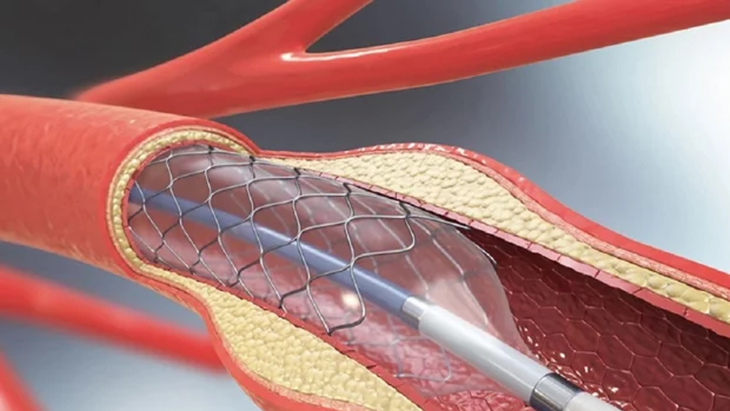
Is Playing Cricket or Football Safe with a Heart Stent or Pacemaker
The safety of playing sports like cricket or football with a heart stent or pacemaker depends on the individual’s health condition, the advice of the doctor, and the type and intensity of the sport. Immediately after getting a heart stent, engaging in high-intensity physical activities can be risky. However, once fitness is restored, light physical activities may be permitted.
After Getting a Heart Stent: After getting a heart stent, heavy physical exertion should be avoided during the first few weeks as the heart is still in the healing process. According to the American College of Cardiology (ACC), if the heart’s condition is stable and the doctor approves, light physical activities such as walking or mild exercise may be allowed.
However, playing competitive football or cricket requires a specialist’s advice, as these sports involve sudden running, body contact, and intense physical exertion, which can place considerable strain on the heart, potentially leading to life-threatening situations.
With a Heart Pacemaker: If a pacemaker is implanted, high-intensity physical activities or sports should generally be avoided, as excessive exertion or impact may compromise the device’s function. According to the British Journal of Sports Medicine, direct contact or impact on the pacemaker during football can be dangerous.
Cricket is relatively safer, but there is still a risk of sudden impacts while fielding. However, with a doctor’s approval, fitness training or light sports can be done.
Competitive Sports: Engaging in competitive cricket or football with a heart stent or pacemaker can be risky. However, depending on the doctor’s advice and considering the nature and intensity of the sport, limited participation in physical activities may be possible. The most important aspect is gradually building up fitness and consulting with a cardiologist before taking to the field.
In Case of Sudden Cardiac Arrest: If the heart suddenly stops (cardiac arrest), the life-saving procedure is Cardiopulmonary Resuscitation (CPR). Studies show that initiating CPR within 30 seconds significantly increases the chance of survival. Starting CPR within 2 minutes is also beneficial.
Using an Automated External Defibrillator (AED) along with CPR can increase the chances of survival by 50-70%. Failure to initiate CPR can lead to irreversible brain damage due to lack of oxygen. If CPR is started after 10 minutes, it becomes nearly impossible to save the patient.
Every minute of delay in performing CPR reduces the chance of survival by 10%, making it crucial to administer CPR as quickly as possible after the heart stops.
